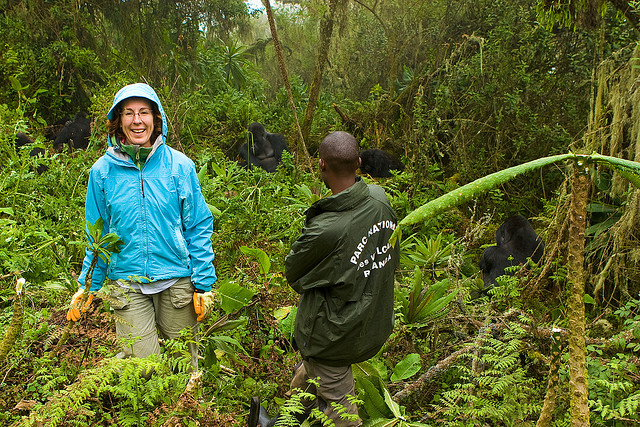Tag: findings
News
- Articles from Policy & Internet
- Books
- Call for Papers
- Child Safety
- Collective Action
- Conferences
- Democracy
- Development
- Economics
- Education
- Environment
- Ethics
- Governance & Security
- Health
- Interviews
- Mapping
- Methods
- Policy
- Politics & Government
- Publications
- Social Data Science
- Submissions Closed
- Tools
- Video
- Wellbeing
-

Examining the data-driven value chains that are changing Rwanda’s tea sector
—
in DevelopmentWhat role is new Internet connectivity playing in changing these sectors—which are often seen as…
-

Why haven’t digital platforms transformed firms in developing countries? The Rwandan tourism sector explored
—
in DevelopmentHave Rwandan firms been able to access online platforms? What impact has access to these…
-

The life and death of political news: using online data to measure the impact of the audience agenda
Editors must now decide not only what to publish and where, but how long it…


